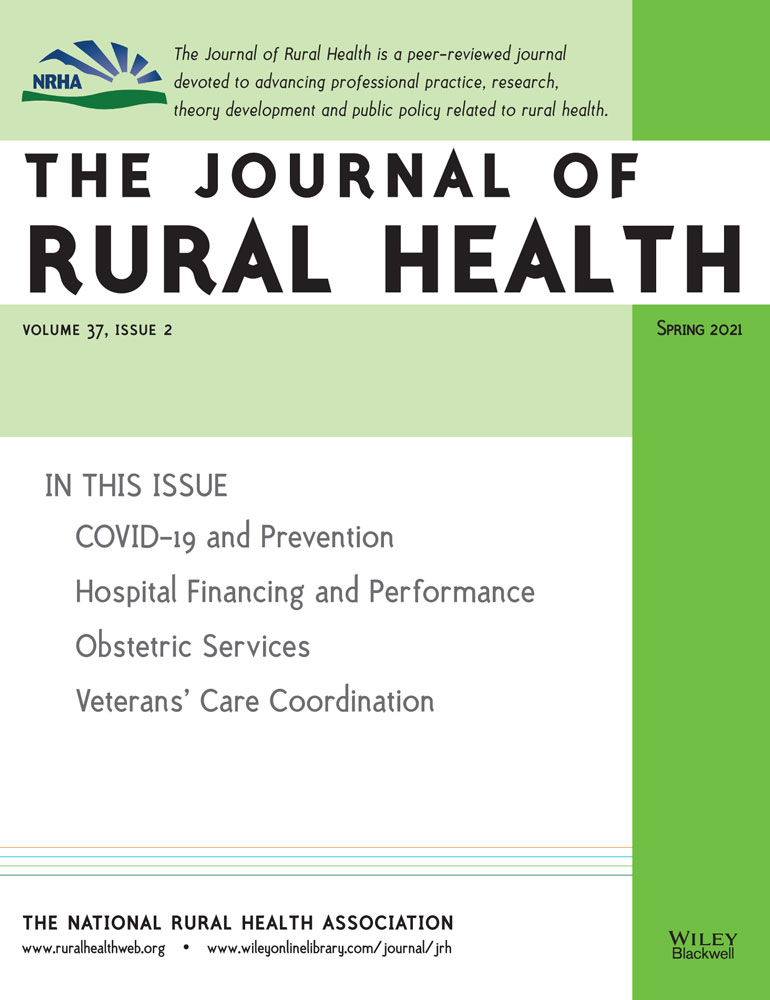Nonmetropolitan COVID-19 Incidence and Mortality Rates Surpassed Metropolitan Rates Within the First 24 Weeks of the Pandemic Declaration: United States, March 1–October 18, 2020
Disclaimer: The findings and conclusions in this report are those of the authors and do not necessarily represent the official position of the Centers for Disease Control and Prevention (CDC).
Acknowledgments: Dr. Gaglioti was supported by a $40 million award from the US Department of Health and Human Services Office of Minority Health as part of the National Infrastructure for Mitigating the Impact of COVID-19 within Racial and Ethnic Minority Communities (NIMIC) designed to work with community-based organizations across the nation to deliver education and information on resources to help fight the pandemic (award #1CPIMP201187-01-00).
[Correction added on April 1, 2021 after first online publication: this section was added.]
Abstract
Purpose
This report compares COVID-19 incidence and mortality rates in the nonmetropolitan areas of the United States with the metropolitan areas across three 11-week periods from March 1 to October 18, 2020.
Methods
County-level COVID-19 case, death, and population counts were downloaded from USAFacts.org. The 2013 NCHS Urban-Rural Classification Scheme was collapsed into two categories called metropolitan (large central, large fringe, medium, and small metropolitans) and nonmetropolitan (micropolitan/noncore). Daily COVID-19 incidence and mortality rates were computed to show temporal trends for each of these two categories. Maps showing the ratio of nonmetropolitan to metropolitan COVID-19 incidence and mortality rates by state identify states with higher rates in nonmetropolitan areas than in metropolitan areas in each of the three 11-week periods.
Findings
In the period between March 1 and October 18, 2020, 13.8% of the 8,085,214 confirmed COVID-19 cases and 10.7% of the 217,510 deaths occurred among people residing in nonmetropolitan counties. The nonmetropolitan incidence and mortality trends steadily increased and surpassed those in metropolitan areas, beginning in early August.
Conclusions
Despite the relatively small size of the US population living in nonmetropolitan areas, these areas have an equal need for testing, health care personnel, and mitigation resources. Having state-specific rural data allow the development of prevention messages that are tailored to the sociocultural context of rural locations.




